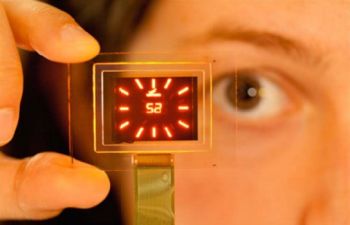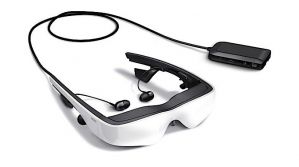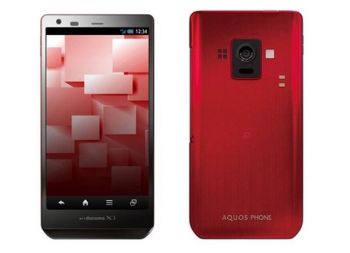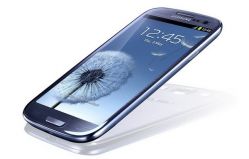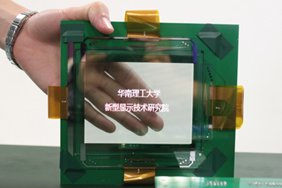ASUS unveils the Padfone 2, uses an IGZO LCD and not an OLED
In February 2012 ASUS unveiled the Padfone - an Android smartphone with a tablet docking station. The display of the phone was a 4.3" qHD (800x600) Super AMOLED. Yesterday ASUS unveiled the Padfone 2 - and this time the phone uses a 4.7" 720p IPS+ LCD panel. The LCD is made by Sharp and uses their IGZO backplane.




